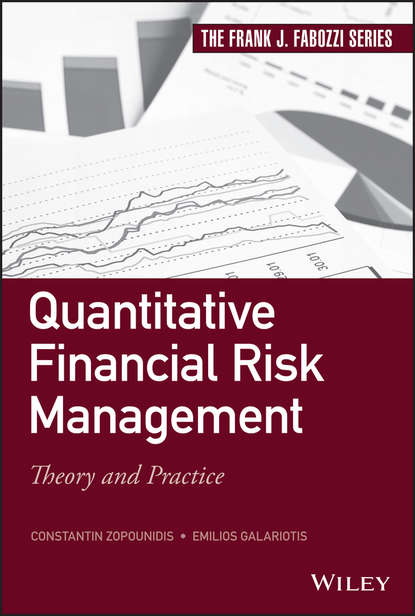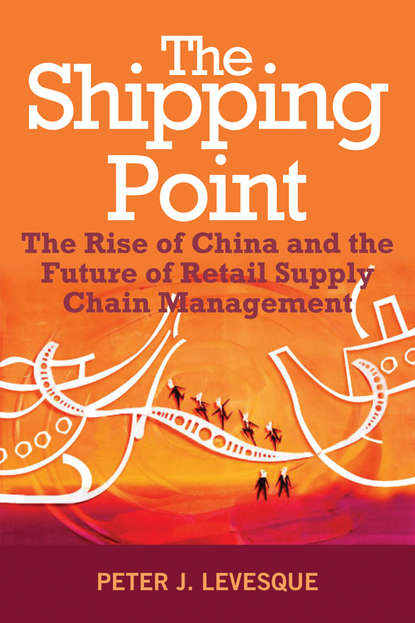Финансовые технологии переворачивают финансовую сферу. Раньше банковская инфраструктура была необходима, но сейчас IT-компании вроде Amazon и Google, обладающие большими данными, могут осуществлять такие операции, как платежи, даже лучше, чем банки. Более того, связь ИИ и Интернета вещей открывает множество совершенно новых бизнес-возможностей. Это новое явление обычно называют Финтех, и страны по всему миру конкурируют в создании возможностей, связанных с тем, как Финтех будет развиваться. Вопрос заключается в том, как различные перспективы и начинания будут реализованы в будущем. Эта книга дает глубокое понимание перехода от Финтех 1.0 к Финтеху 1.5, а затем к Финтеху 2.0, и что это значит для финансовых посредников и их клиентов.
The FinTech revoluiton has taken financial services by storm. Once upon a time, banks were the infrastructure needed, but tech companies such as Amazon, Google, etc., with their ability to handle big data, even out-perform them at payments. The merging of AI into the IoT opens doors to entirely new kinds of business. Around the globe, countries try to take advantage of the rapid changes eminent in FinTech. What effect will these changes mean? This book looks at the shifts from FinTech v.1 to v.5 plus on into FinTech 2dot0 – and how banks and customers alike will face the consequences.
Электронная Книга «Learning Practical FinTech from Successful Companies - Группа авторов» написана автором Группа авторов в году.
Минимальный возраст читателя: 0
Язык: Английский
ISBN: 9781119523703
Описание книги от Группа авторов
The FinTech Revoluiton is upon us in financial services In the past, the infrastructure referred to as banks was necessary, but IT companies like Amazon and Google that possess big data can handle operations such as payments even better than banks. Furthermore, linking AI to IoT is leading to a growing range of completely new business opportunities. This new phenomenon is gnerally called FinTech, and countries through the world are competing and creating opportunities rleated to how FinTech will evolve. The question becomes how the various perspectives and ventures will be realized in the future. This book provides deep insights into the transition from FinTech 1.0 to 1.5, and then on to FinTech 2.0, and what it means for financial intermediaries and their customers.



















